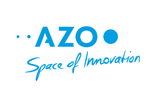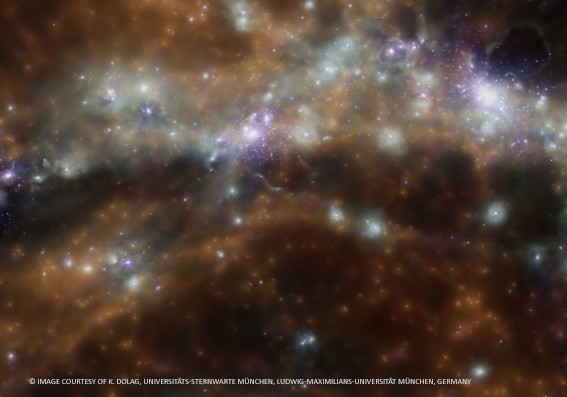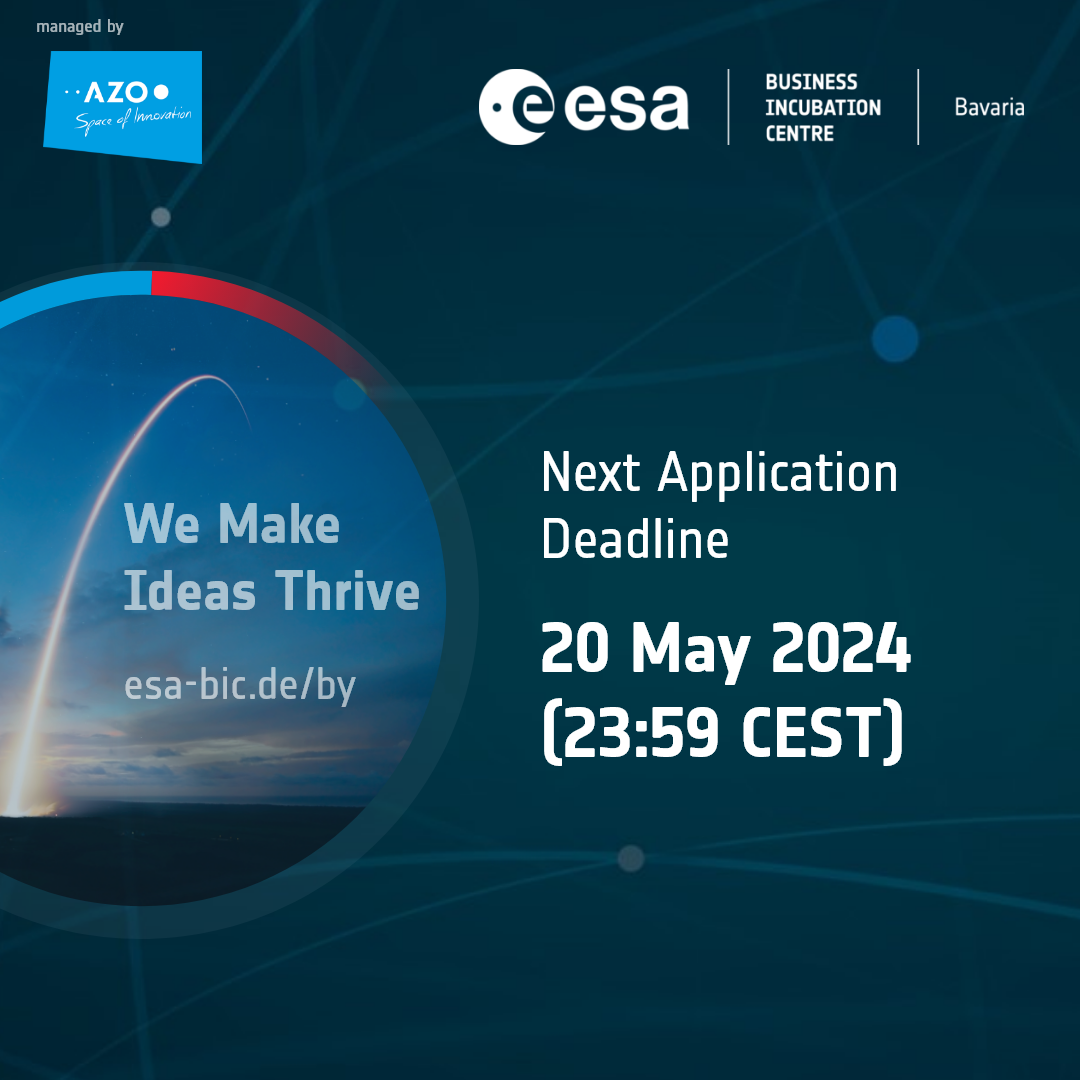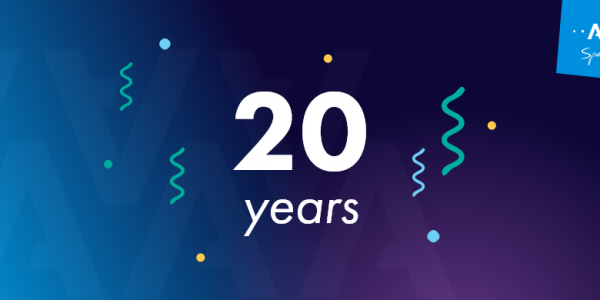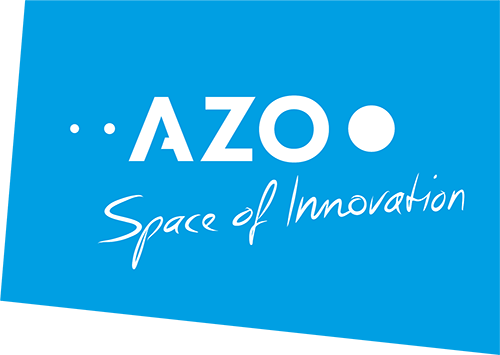Artificial intelligence (AI) is one of technology’s current hot topics, aiming to enable machines to learn and think alike human beings. Deep learning algorithms function very similar to the transfer and processing of information by the human brain and in particular human nerve cells, meaning that the brain not only recognises specific characteristics and patterns, for instance images, but is also capable of making associations and actually understanding what it is looking at. Automated data analysis also holds great potential for myriads of possible commercial applications using the tremendous amounts of data produced daily by Earth observation satellites.
AI Meets Space Data Analysis
Quite a number of Earth observation satellites, such as the Sentinel fleet of the European Copernicus programme, are orbiting our planet taking images of the Earth’s surface and collecting huge amounts of data. This very up-to-date information on e.g. air quality, temperature, radiation levels and images hold great potential for commercial applications in various business sectors. Terabytes of data are daily delivered down from space – though, for proper utilisation they need to be processed and analysed according to the desired service or product.
Developments in cloud computing were a major step forward in storing and handling huge quantities of information. Now, smart algorithms that automatise the analysis of satellite data display a key factor in improving the evaluation process of EO data. Using AI for analysing the big data from space will enable scientists and businesses alike to interpret and understand the gigantic amount of this high quality data. This, intelligent algorithms are trained to quickly analyse, recognise, select, categorise and process Earth observation data for the respective purpose.
Changing Future Change Detection
A promising application field for the combination of EO data and deep learning influences on data analysis automatisation is that of change detection. Monitoring changes finds application in a great variety of societal and business areas ranging from deforestation and climate change monitoring, or emergency management, to the construction or insurance sectors.
Actually, its promising potential has already been discovered by pioneering entrepreneurs of the AZO innovation network, who already have proven that automatising satellite data analysis holds huge potential and lucrative opportunities:
Building Radar – Data Analytics Platform for Construction Detection and Monitoring
Building Radar has developed the first global satellite-based search engine for new building projects by merging satellite data, machine learning and data mining. The Munich startup makes use of a custom-developed algorithm to identify new building projects around the world, providing an all-new monitoring and detection service for the construction industry. Building Radar is currently incubated at the ESA BIC Bavaria. At present, the company is training its computer vision algorithms to understand artificial neuronal networks, in order to automate its analysis of building sites and the detection of respective changes. Among other prizes, Building Radar was awarded the winner of the European Space Imaging High-Res Urban Challenge and Copernicus Master 2015 and winner of the Space App Camp Barcelona 2016.
GAIA – Predicting Plant and Crop Diseases with EO Data
GAIA, provides farmers with an app enabling them to identify risks early on and obtain crop yield predictions. The app collects all the relevant measurements from satellite data and, as an added option, in-situ sensors, in order to match areas of interest with possible diseases. The climate-smart crop solution is focused on the delivery of agricultural risk management products derived from seasonal climate forecasts, resulting from satellite data. Detailed knowledge of exact field conditions will aid farmers save water and many other kinds of resources. After winning the Space App Camp ESRIN 2015 and participating in the Space App Camp Barcelona 2016, the team has recently founded their company GAIA Solutions Ltd. and it partnered with the Health and Environmental Management Society (HEMS) in Nepal to use real data to train their machine learning algorithm. GAIA is continuously working on enhancing the smart learning algorithm, to enable the best service possible to its clients.
As these two examples prove, there are multiple application possibilities for the combination of EO data with innovative approaches to make the process of satellite data analysis more efficient and smarter. As the artificial intelligence and deep learning developments find themselves in a major upswing, the time for innovative ideas is now better than ever.
The BMVI Earth Observation Challenge for Digital Transport Applications
Within the international Copernicus Masters Earth observation competition, the BMVI Challenge is seeking novel ideas combining EO data with other geo-data sources, to take digital transport applications to the next level. The winning proposal will be awarded a EUR 5,000 cash prize and a support package tailored to the requirements of its realisation.
Astrosat End-to-End EO Challenge
This Challenge is in search of new applications for Earth observation services that are based on the use of custom sensors on the ISS in tandem with the datasets Copernicus provides. Solutions that aim to support disaster aid or the economic advancement of end users in developing countries in Asia are specifically in favour. The winner will be awarded a bespoke support package prize valued at EUR 8,000 that includes business and technical assistance that will help bring the product closer to market and will get the opportunity to potentially partner with Astrosat in further developing their service to sell to select existing end user clients.
Astrosat will use the information of the submission’s input to determine what kind of sensor you need and get it placed onboard Teledyne Brown’s MUSES platform on the International Space Station!
In association with engineering giant Teledyne Brown, Astrosat is asking contenders in the prestigious Copernicus Masters to design a new Earth observation suite of sensors which can be placed on-board Teledyne Brown’s Multi-User System for Earth Sensing (MUSES) platform on the International Space Station (ISS).
Do you have an idea for a holistic solution based on the combination of sensors and Copernicus data? Then turn it into reality and register for the Copernicus Masters today, before the submission ends on 25 July 2016.
Copernicus Masters
Take the chance to write your own chapter of the Copernicus Masters success story. Geared towards entrants from all over the world, the sixth edition of the biggest international competition in the commercial use of Earth observation data is on the hunt for outstanding ideas, applications, and business concepts that use such information in everyday life. Renowned partners are sponsoring prizes in seven topic-specific challenges. Along with cash prizes, the winners will receive access to a leading international network, corresponding data, startup funding, and other support valued at more than EUR 600,000 in total. Furthermore, the Top 40 of the competition will enter the unique Copernicus Accelerator programme to boost their ideas to the next level. The submission phase is scheduled to end on 25 July 2016 at www.copernicus-masters.com.
